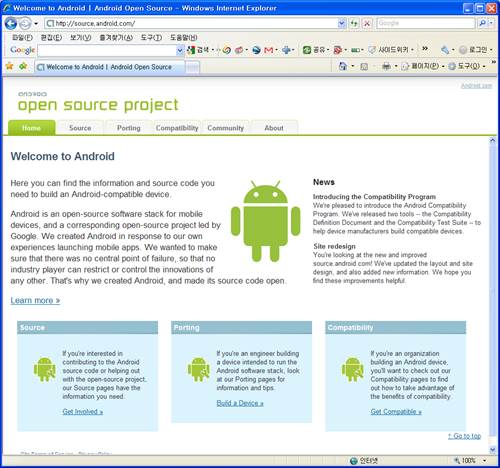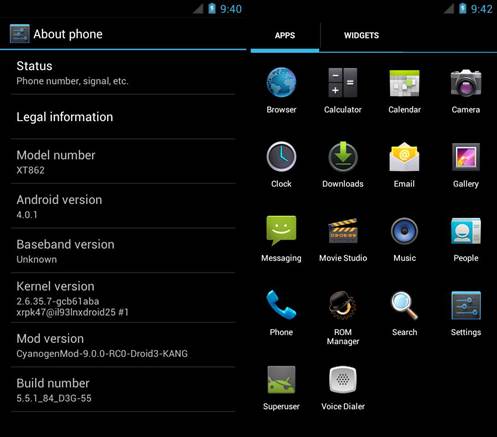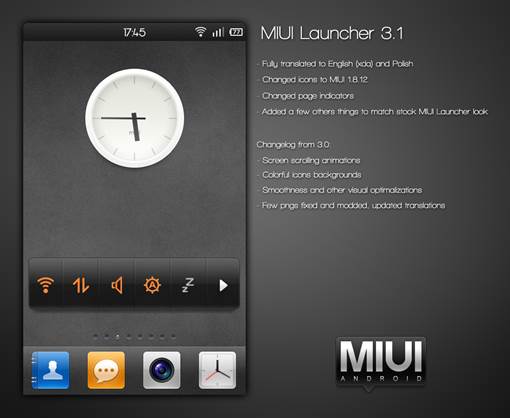In an earlier article (June 2012), I
discussed the advantages of rooting your Android phones anf flashing with
custom ROMs. This article lists what I consider the top 10 custom Android ROMs
for the Samsung Galaxy S3 and other devices.
With the current availability of advanced
quadcore devices, and the immense customisation capabilities built in with
Android ICS and Jelly Bean, the ROMing scene has shot up in popularly, with
almost every enthusiast with just basic technical skills trying ROMs like
CyanogenMod. It now seems plausible that in a few years, things might turn out
to be like the Linux community, where innumerable distributions are available –
the only limiting factor being the fact that ROMs are specific to the
smartphone hardware that they are built for. Actually, this is all that
prevents someone from building a website like Distrowatch for Android.

The
ROMing scene has shot up in popularly
In order to get an insight into the Android
community, we need to narrow down our search for ROMs of a specific device.
Since the Samsung Galaxy S3 is one of the best and the most popular devices
yet, let’s look at what we can find to customise this smartphone. Many
developers support more than one device, and you'll find that this will be
loosely relevant to your smartphone too. Custom ROMs for the Galaxy S3 are
available in many broad categories. The most popular ones are:
·
Samsung-based ROMs:
These are the ROMs based on the official Samsung stock ROM. These types usually
provide Touchwiz-specific features like the new Multiwindow, Motion, S Voice,
etc. Though the major focus is to remove bloat and add tweaks, users have a
choice between many different configurations in different ROMs.
·
AOSPROMs: These are
based on the Android Open Source Project, i.e., they depend on the official
Android sources and provide tweaks and customisations along with a ‘vanilla
Android experience’, which most users crave.
·
MIUI ROMs: These are
based on a version of Android developed by the Chinese Xiaomi Corporation and
are well known for their heavy UI customisation abilities and beautiful
interfaces, along with robust theming support.
·
AOKPROMs: Technically,
AOKP is an AOSP ROM itself, but it has become so popular lately that it has
evolved into a category of its own, where most ROMs are based on the AOKP
source code. It does provide a lot of features and customisation on top of the
AOSP ROMs.
·
Cyanogen ROMs: Most
ROMs these days are built on top of customisation done by CyanogenMod, so it
would be safe to categorise them as Cyanogen ROMs.
There are literally hundreds of different ROMs
available for Android. And this is in no way a listing of the best; rather,
just an indication of the more popular ones – and that, too, will change from
time to time. Custom ROMs like these usually get very frequent updates and have
many active developers working on them daily. So, while one ROM might be more
popular for a period of time, modders and hackers tend to jump ship as and when
new attractive features are available on competing ROMs.
CyanogenMod

The
CyanogenMod 10.1 nightlies, are available for selective devices like the Galaxy
S3, and are built off the Android 4.2.1 AOSP code
CyanogenMod is usually first on the list for
people new to flashing ROMs, mainly because it supports a huge number of old
and new devices, and also because it has got wonderful community support in the
form of dedicated forums, IRC and a Wiki. Most users flash the latest
‘nightlies’ (available every night), in order to get the absolute latest in
Android development. The CyanogenMod 10.1 nightlies, for example, are available
for selective devices like the Galaxy S3, and are built off the Android 4.2.1
AOSP code. These are generally considered to be less stable and may or may not
work for your daily purposes, as some feature or the other might be broken,
depending on which ‘nightly’ you download.
MIUI

It
is popular among users who say it looks a bit like the iOS interface
The MIUI ROM, as discussed earlier, is popular
primarily with those who like to customise the look of their phones with fancy
lock screens and innumerable tweaks to the Android interface – which make you
forget you are using Android. Though the ROM itself is not open source, it is
popular among users who say it looks a bit like the iOS interface, due to the
initial lack of an app drawer. This is also the very reason it is criticised,
but it sure does bring some very important innovations, which are soon going to
be open source, according to a recent announcement.